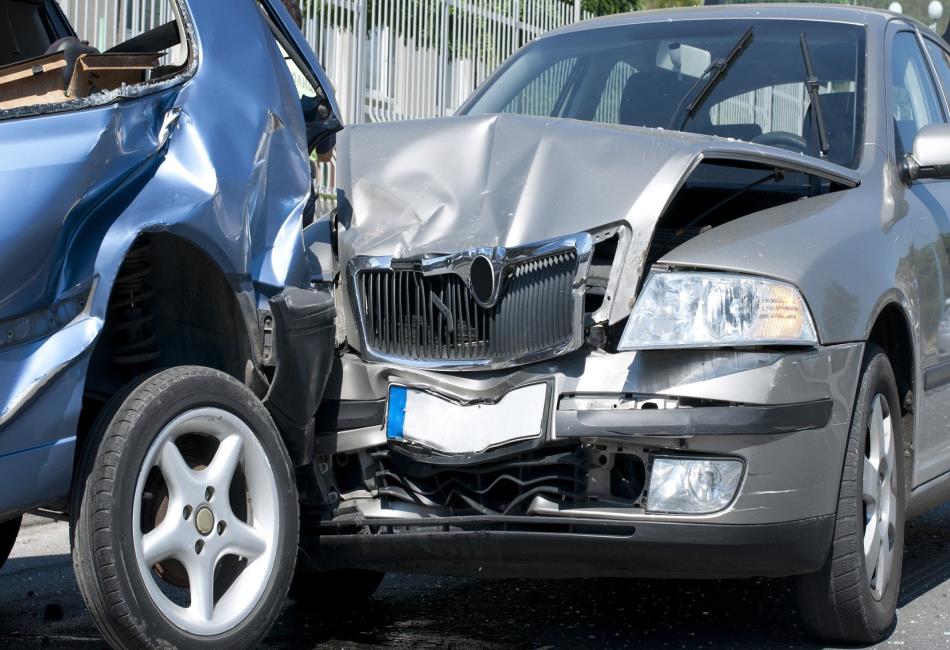In the aftermath of a motor vehicle crash in Baltimore, victims often find themselves navigating not just physical pain but also confusion, stress, and legal uncertainty. The road to recovery isn’t just about medical treatment; it also involves protecting one’s rights, dealing with insurance companies, and ensuring fair compensation for losses. Legal representation can be a key factor in this journey, helping individuals avoid missteps that could delay or diminish the outcome. We will explore how a motor vehicle accident lawyer can play a meaningful role after a crash in Baltimore, ensuring each step taken is strategic and grounded in justice. By understanding what these legal professionals offer, victims can make more informed choices that affect their physical, emotional, and financial futures.
Key Actions a Lawyer Can Take Following a Baltimore Auto Accident
- Evaluate the Validity and Value of the Claim
Immediately after an accident, most victims aren’t sure whether they have a viable case. A motor vehicle accident lawyer begins by thoroughly evaluating the facts, considering liability, available evidence, and potential damages. This assessment includes not only physical injuries but also the broader effects—emotional trauma, time away from work, and any long-term consequences on quality of life. In Baltimore, comparative negligence laws can complicate cases, meaning a victim who is partially at fault may still recover damages, though reduced. A lawyer analyzes how these laws apply to the situation and provides a realistic overview of achievable compensation. By laying out possible outcomes and identifying both strengths and weaknesses in the case, the lawyer gives the victim clarity and direction from the start.
- Investigate the Accident Thoroughly
A successful claim rests on solid evidence; gathering it isn’t a one-time event. A motor vehicle accident lawyer coordinates a detailed investigation that often involves returning to the accident scene, photographing vehicle damage, and securing surveillance footage from nearby businesses or traffic cameras. They may also consult accident reconstruction professionals to understand better how the crash occurred.
Witnesses who may have only offered brief statements at the scene can be re-interviewed under more controlled conditions. All the information is used to assemble a clear and compelling account of what transpired. This in-depth investigation becomes especially important in disputed cases where the other party challenges fault or when multiple vehicles are involved. The goal is to build a strong foundation to convince a jury or pressure an insurance company into a fair settlement.
- Communicate With Insurance Companies on the Client’s Behalf
One of the most frustrating aspects of post-accident life is dealing with insurance companies. Adjusters are trained to minimize payouts and may exploit any confusion or inconsistency in a victim’s statements. A lawyer is the primary point of contact, handling all communications, submitting necessary documentation, and challenging any unfair determinations. This protects the client from inadvertently damaging their claim.
In Baltimore, where insurance practices vary widely, a knowledgeable lawyer understands local policies and can recognize when an offer falls short. Rather than accept the first number put on the table, the lawyer negotiates strategically, leveraging all gathered evidence and legal precedents to advocate for a settlement that truly reflects the client’s losses.
- Handle All Legal Documentation and Deadlines
Filing a personal injury claim involves more than a signature on a form—it requires strict attention to deadlines, legal terminology, and supporting documentation. A motor vehicle accident lawyer keeps track of filing dates, court submissions, and statute of limitations (which in Maryland is generally three years for personal injury claims). Missing even one deadline can jeopardize an entire case. Beyond deadlines, legal filings must be precise in language and content, aligning with court standards and evidentiary rules. An attorney ensures that every document submitted strengthens the case and meets legal requirements, preventing procedural errors that could be costly. The paperwork becomes even more demanding in complex cases involving commercial vehicles or government entities, underscoring the importance of organized, timely legal handling.
- Represent the Client in Settlement Negotiations or Court Proceedings
While many personal injury claims are settled outside of court, some proceed to trial. Whether negotiating or litigating, a lawyer prepares for both possibilities. In negotiations, they aim to secure a resolution that reflects the true scope of damages without unnecessary delay. However, if the insurance company refuses to offer fair terms, the lawyer will prepare the case for court, crafting arguments, preparing witnesses, and persuasively presenting evidence.
In Baltimore courts, where juries may respond differently based on how cases are framed, having a strong courtroom presence can influence the outcome dramatically. A lawyer’s role becomes not just about facts but about storytelling—conveying the human cost of the crash in a way that resonates. Through persistence and legal clarity, they seek outcomes that acknowledge the victim’s suffering and support long-term recovery.
In the often chaotic and emotionally charged aftermath of a vehicle crash in Baltimore, the presence of a motor vehicle accident lawyer can provide direction, confidence, and meaningful support. From the first assessment to courtroom representation, these legal professionals offer much more than legal advice—they offer structure during uncertainty and advocacy when victims need it most. We have explored a lawyer’s many roles, from evidence collection and insurance negotiations to litigation and long-term recovery guidance. Each step serves a unified goal: helping the victim regain stability and receive fair compensation.
